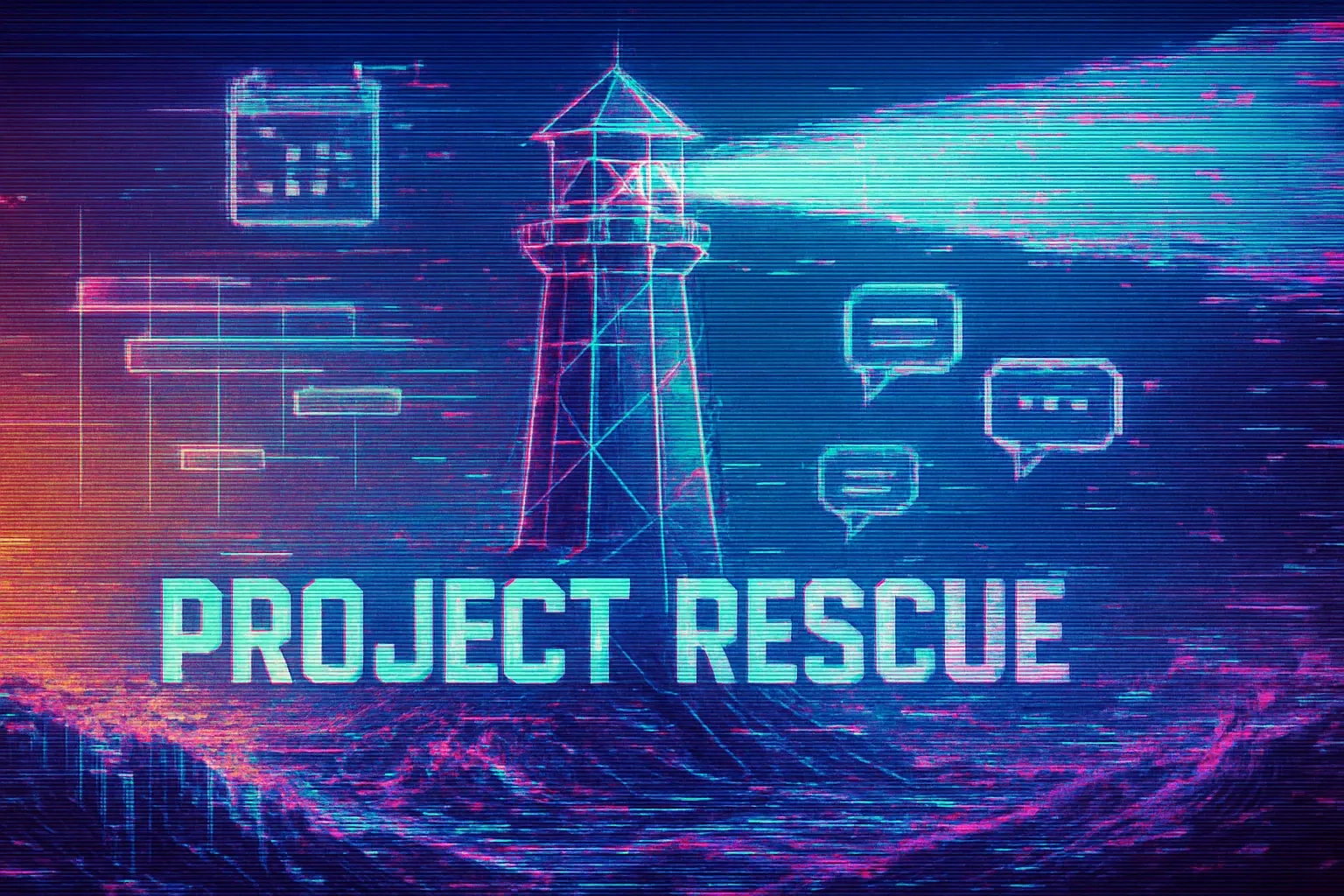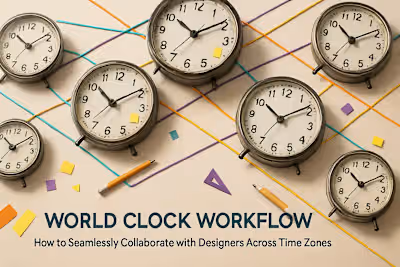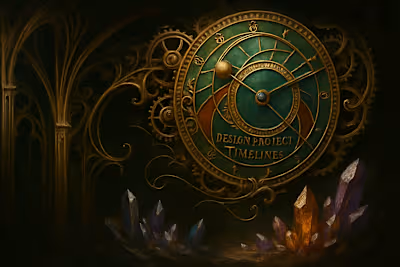Project Rescue: How to Handle Delays, Scope Creep, and Miscommunication

Project Rescue: How to Handle Delays, Scope Creep, and Miscommunication
When Timelines Slip: How to Handle Delays
Identifying the Root Cause of the Delay
Re-evaluating Priorities and Adjusting the Timeline
Communicating Changes to Stakeholders
The Battle Against Scope Creep
Recognizing Scope Creep vs. Necessary Changes
Implementing a Formal Change Order Process
Learning to Say 'No' Gracefully (or 'Not Now')
Clearing the Air: Resolving Miscommunications
The 'Seek First to Understand' Principle
Moving from Text to a Call for Sensitive Issues
Documenting Decisions and Action Items Post-Conversation
Building a Resilient Project Plan from the Start
Including Buffer Time in Your Initial Timeline
Defining Scope and 'Out of Scope' Clearly
Establishing Clear Communication Protocols During Onboarding
References
Project Rescue: How to Handle Delays, Scope Creep, and Miscommunication
When Timelines Slip: How to Handle Delays
Identifying the Root Cause of the Delay
Re-evaluating Priorities and Adjusting the Timeline
Communicating Changes to Stakeholders
The Battle Against Scope Creep
Recognizing Scope Creep vs. Necessary Changes
Implementing a Formal Change Order Process
Learning to Say 'No' Gracefully (or 'Not Now')
Clearing the Air: Resolving Miscommunications
The 'Seek First to Understand' Principle
Moving from Text to a Call for Sensitive Issues
Documenting Decisions and Action Items Post-Conversation
Building a Resilient Project Plan from the Start
Including Buffer Time in Your Initial Timeline
Defining Scope and 'Out of Scope' Clearly
Establishing Clear Communication Protocols During Onboarding
References
Posted Jul 6, 2025
Even the best-laid plans can go awry. Learn how to navigate common project challenges like delays, scope changes, and miscommunications with your designer.










